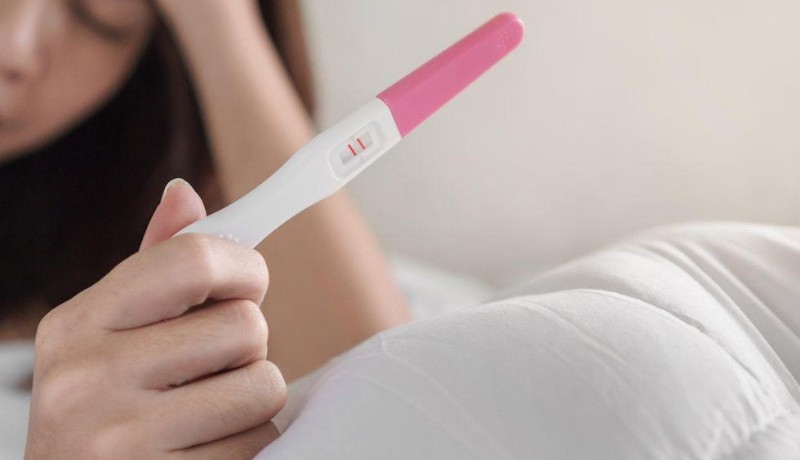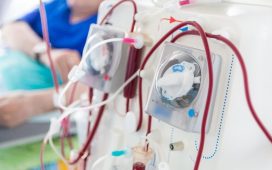However, infertility among married women ages 15 to 44 years rose
By Lori Solomon HealthDay Reporter
THURSDAY, April 25, 2024 (HealthDay News) — The percentage of women experiencing impaired fecundity did not change between 2011 and 2019, according to a study published online April 24 in National Health Statistics Reports, a publication from the National Center for Health Statistics.
Colleen N. Nugent, Ph.D., and Anjani Chandra, Ph.D., from the National Center for Health Statistics in Hyattsville, Maryland, used data from the National Survey of Family Growth, which consisted of 21,441 interviews with men and women (ages 15 to 49 years) from September 2015 through September 2019.
The researchers found that the percentage of women who had impaired fecundity did not change between 2011-2015 and 2015-2019. Similarly, the percentage of married women with impaired fecundity also remained stable during this period. Impaired fecundity was seen among 13.4 percent of women ages 15 to 49 years and 15.4 percent of women ages 25 to 49 years from 2015 to 2019. From 2011-2015 to 2015-2019, the percentage of married women (ages 15 to 44 years) who were infertile rose from 6.7 to 8.7 percent. From 2015 to 2019, among both married and cohabiting women (ages 15 to 49 years), 7.8 percent had infertility. For men, some form of infertility (either subfertility or nonsurgical sterility) was seen in 11.4 percent of those aged 15 to 49 years and 12.8 percent of those aged 25 to 49 years in 2015 to 2019.
“While there is value in determining the population-based prevalence of fertility problems independent of fertility intentions, the results presented in this report should be interpreted with the recognition that there is a wide range of responses to fertility problems that may not involve medical services to have a baby,” the authors write.
Copyright © 2024 HealthDay. All rights reserved.








